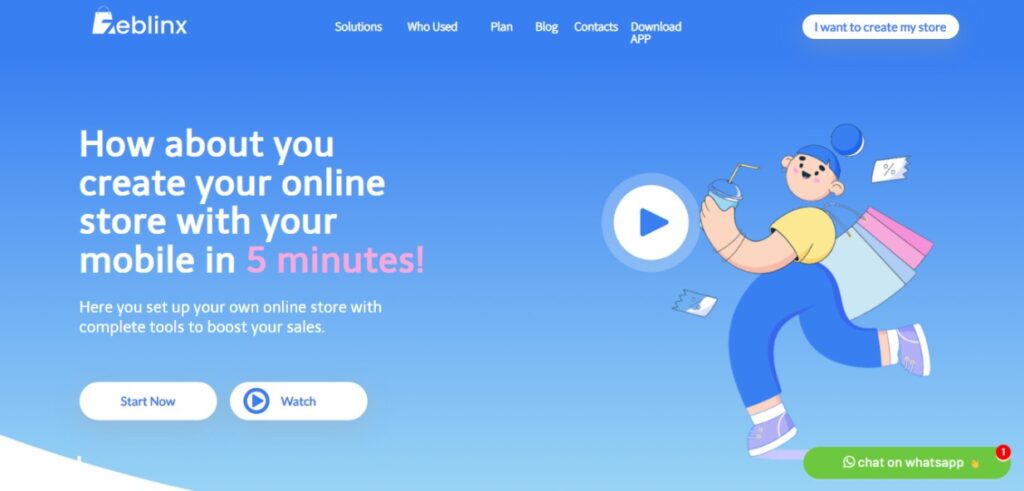
What is web design and development?
Web design and development is an umbrella term that describes the process of creating a website. Like the name suggests, it involves two major skill sets: web design and web development. Web design determines the look and feel of a website, while web development determines how it functions.
Because there isn’t always a hard line that separates the two roles, the titles are often used interchangeably. As the web continues to evolve, so do the roles.
Examples of web design
The following examples include an e-commerce site and landing page of an online store building platform. Each serves a different purpose, but they’re all easy to use with simple navigation, fast load times, and clean layouts.


Design vs. front-end development vs. back-end development
To keep it simple, let’s separate website creation into two categories: what the users sees, and what the user doesn’t see.
What the user sees takes place in a browser and involves design and front-end development. Design defines a website’s colors, layout, font, and images—all the stuff that goes into a website’s branding and usability—and requires tools like Photoshop, Illustrator, Fireworks, and Sketch.
Using coding languages like HTML, CSS, and Javascript to implement that design is called front-end development. These languages make it possible for users to interact with buttons, images, text, contact forms, and navigation menus. And they’re integral to responsive and adaptive design.
Some designers code and some front-end developers design. Some designers don’t touch a piece of code. And some front-end developers stick to coding and nothing else. Helpful, right?
What the user doesn’t see takes place on a server and involves back-end development.
A website needs a back end to store and organize all the data that comes through the front end. So if a user buys something or fills out a form, they’re entering information into an application on the front end of the website. And that information is stored in a database that lives on a server.
A website works the way you want it to because the front and back ends of a website are always communicating. A back-end developer is like the conductor. They make sure applications, databases, and servers work together harmoniously using languages like Ruby, PHP, .Net, and Python along with frameworks like Ruby on Rails and Code Igniter.
